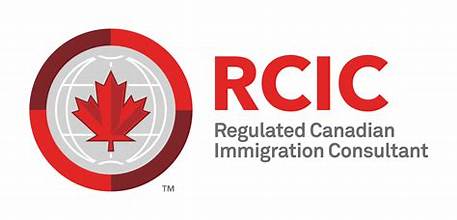The newly elected Liberal government under Prime Minister Mark Carney is implementing significant reforms to Canada’s immigration system, aiming to balance economic growth with housing availability, infrastructure capacity, and public sentiment. Here’s an overview of the key changes:
1. Reduced Permanent Resident Targets
The government has revised its permanent resident admission targets downward:
2025: 395,000 (down from the previously planned 500,000)
2026: 380,000
2027: 365,000
This reduction is intended to alleviate pressure on housing and public services, allowing for more manageable population growth.
2. Cap on Temporary Residents
For the first time, Canada is implementing a cap on temporary residents, including international students and foreign workers. The goal is to reduce their proportion from 7.2% of the population in July 2024 to 5% by the end of 2026. This equates to a reduction of approximately 445,000 temporary residents annually over the next two years.
3. Prioritizing Transitions from Temporary to Permanent Residency
The government plans to have over 40% of new permanent residents come from individuals already in Canada on temporary permits. These individuals are often already integrated into Canadian society, which can ease the transition and reduce additional demands on housing and services.
4. Increased Francophone Immigration Outside Quebec
To support the growth of Francophone communities outside Quebec, the government is increasing its targets for French-speaking immigrants:
2025: 8.5% of total admissions
2026: 9.5%
2027: 10%
This initiative aims to bolster the vitality of Francophone minority communities across the country.
Additional Measures
- – Deploying digital tools to speed up application processing and reduce backlogs;
- – Expanding legal aid services for asylum seekers;
- – Tightening Visa requirements and strengthen border security;
- – Continuing immigration policy collaboration with the Government of Quebec.






